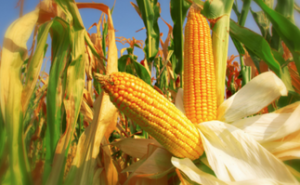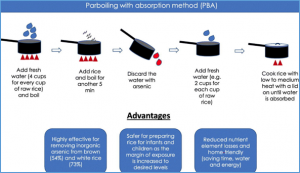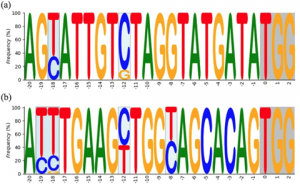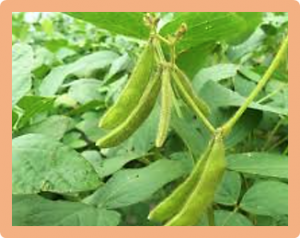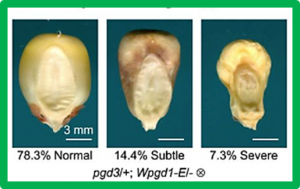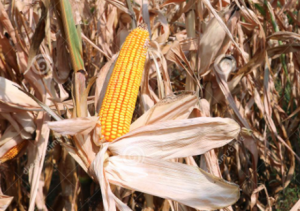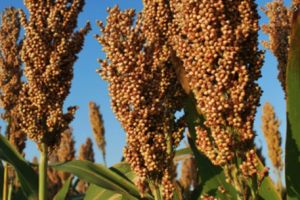As a non-thermal processing method, the ultrasound treatment prior to the frying process has been demonstrated with great potential in reducing the oil absorption of fried food. This research aimed to evaluate the effect of ultrasound pretreatment on starch properties, water status, pore characteristics, and the oil absorption of potato slices. Ultrasound probe set with two power (360 W and 600 W) at the frequency of 20 kHz for 60 min was applied to perform the pretreatments.
Silicon (Si), a major contributing constituent for plant resistance against abiotic stresses. In spite of this, the detailed mechanisms underlying the potential of Si in mitigating salt toxicity in maize (Zea mays L.) are still poorly understood. The present study deals with the response of Si application on growth, gaseous exchange, ion homeostasis and antioxidant enzyme activities in two maize cultivars (P1574 and Hycorn 11) grown under saline conditions.
Inorganic arsenic (iAs) is a group 1 carcinogen, and consumption of rice can be a significant pathway of iAs exposure in the food chain. Although there are regulations in place to control iAs for marketed rice in some countries, additional measures are explored to remove arsenic from rice. Due to the surface-bound and soluble nature of iAs, previous studies have shown that it can be removed to a significant extent using different cooking methods.
The use of Target activation-induced cytidine deaminase (Target-AID) base-editing technology with the CRISPR-Cas 9 system fused with activation-induced cytidine deaminase (AID) resulted in the substitution of a cytidine with a thymine. In previous experiments focusing on a single target gene, this system has been reported to work in several plant species, including tomato (Solanum lycopersicum L.).
Invasive organisms pose a global threat and are exceptionally difficult to eradicate after they become abundant in their new habitats. We report a successful multitactic strategy for combating the pink bollworm (Pectinophora gossypiella), one of the world’s most invasive pests. A coordinated program in the southwestern United States and northern Mexico included releases of billions of sterile pink bollworm moths from airplanes and planting of cotton engineered to produce insecticidal proteins from the bacterium Bacillus thuringiensis (Bt).
Flooding stress causes severe yield reduction in soybean worldwide. The development of stress-tolerant cultivars could be an effective measure to reduce the negative effects of flooding stress. Molecular information on the gene expression pattern of tolerant and susceptible genotypes under flooding stress could be valuable to improve the flooding tolerance in soybean. The objective of this study was to analyze the differentially expressed genes (DEGs)
While the impacts of arsenic (As) and Magnaporthe oryzae on rice have been well-studied, a dearth of knowledge exists on how rice responds to their combined stress. Moreover, increasing exogenous silicon (Si) can alleviate M. oryzae infection and As uptake, but how increasing exogenous Si affects the combined stress of M. oryzae and As is unknown. We grew three cultivars of rice that varied in their susceptibility to As and M. oryzae under low (50 μM, SiL) and high (1500 μM, SiH) Si
Endosperm starch synthesis is a primary determinant of grain yield and is sensitive to high-temperature stress. The maize chloroplast-localized 6-phosphogluconate dehydrogenase (6PGDH), PGD3, is critical for endosperm starch accumulation. Maize also has two cytosolic isozymes, PGD1 and PGD2, that are not required for kernel development. We found that cytosolic PGD1 and PGD2 isozymes have heat-stable activity, while amyloplast-localized PGD3 activity is labile under heat stress conditions.
Food contamination with mycotoxins is a worldwide concern, because these toxins produced by several fungal species have detrimental effects on animal and/or human health. In maize, fumonisins are among the toxins with the highest threatening potential because they are mainly produced by Fusarium verticillioides, which is distributed worldwide. Plant breeding has emerged as an effective and environmentally safe method to reduce fumonisin levels in maize kernels, but although phenotypic selection has proved effective for improving resistance to fumonisin contamination, further resources should be mobilized to meet farmers' needs.
Host-parasite coevolution can maintain high levels of genetic diversity in traits involved in species interactions. In many systems, host traits exploited by parasites are constrained by use in other functions, leading to complex selective pressures across space and time. Here, we study genome-wide variation in the staple crop Sorghum bicolor (L.) Moench and its association with the parasitic weed Striga hermonthica (Delile) Benth.


 Curently online :
Curently online :
 Total visitors :
Total visitors :

